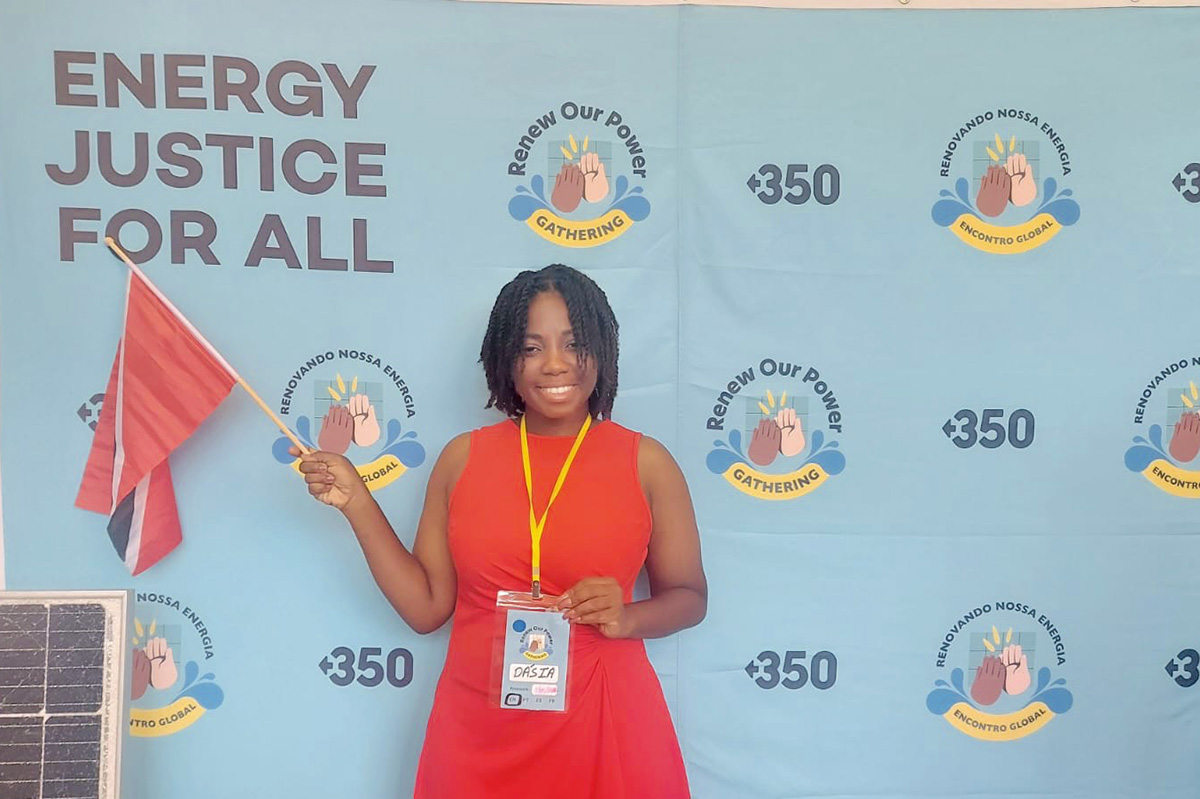COP30: The Energy within Mangroves and Microgrids: A Journey of Youth, Land, and Legacy – World Environment Day 2025
June 22by Dasia Edwards – CYCN Communications & PR Lead
This blog is in honour of World Environment Day 2025 (June 5) along with the environmentally friendly days such as Ocean and Wind and Rainforest highlighted in June. I am sharing personal reflections and frontline experiences from my recent climate work across the Caribbean and South America. From community energy justice in Brazil to mangrove restoration and sustainable agro-processing at home in Trinidad and Tobago, this blog explores how youth, land, and innovation intersect to regenerate our planet. These stories are not just about what’s happening, but about who is making it happen. I invite you to walk this journey with me, reflect on your own role, and imagine what a just and green future looks like.
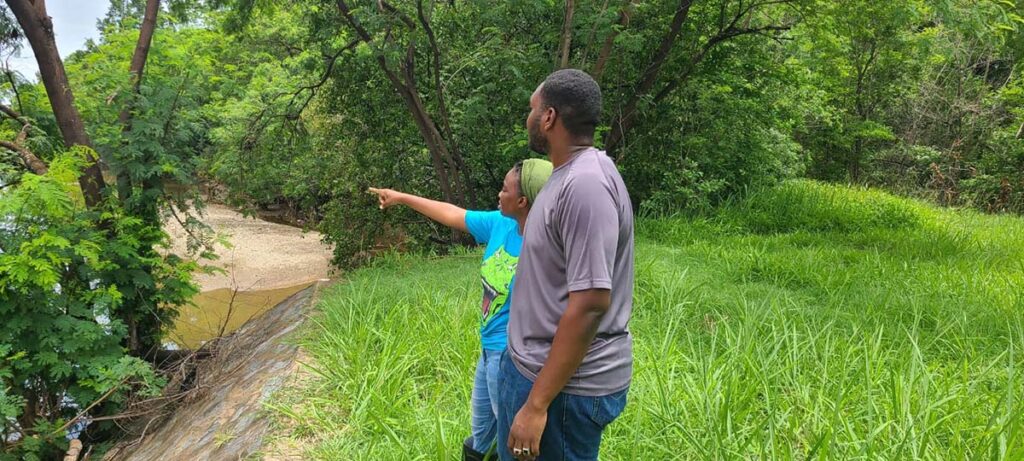
Surging from the mangroves of Trinidad and Tobago to the heart of Brazil forest, from sustainable farming beds, to coral nurseries beneath the sea, the fight for our planet’s future is not a distant story…it is our lived reality.
This year, I had the privilege to attend the Renew Our Power Gathering in Brazil. These gatherings went beyond conferences, they were spaces where Indigenous, Afro-descendant, and frontline communities shared how they are transforming energy systems in just and democratic ways.
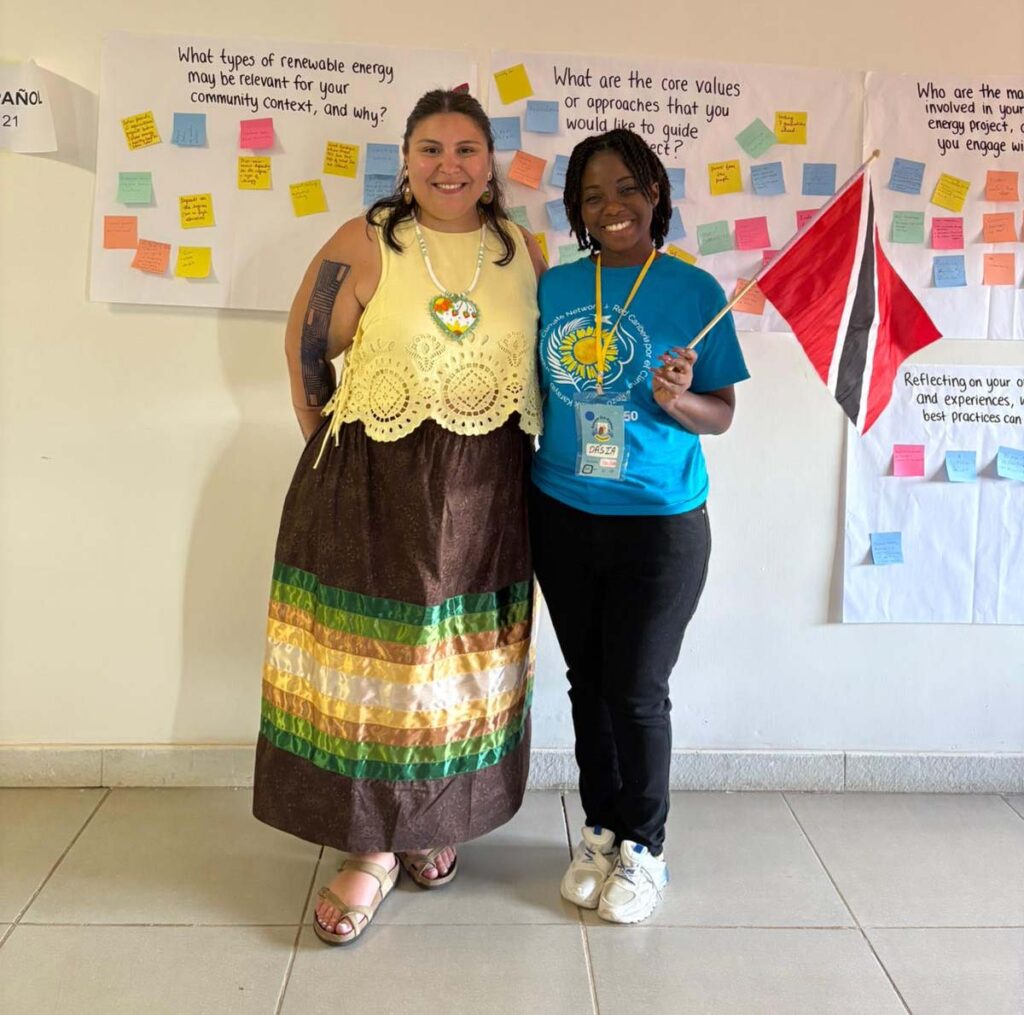
In a session titled “Community-led Energy Project Implementation: Wisdom and Experiences from Indigenous Kin”, I was deeply moved by the stories of resistance and innovation. From solar cooperatives owned by communities to microgrids powering entire villages without harming their ecosystems, I began to see renewable energy not just as infrastructure, but as identity, sovereignty, and healing.
These insights have directly impacted my own work in the Caribbean, where we often face similar challenges, land access, lack of financing, lack of involvement or leadership roles by community members.
One question I carry with me is: What would a truly Caribbean-owned renewable energy system look like?
Is it solar panels on every school rooftop? Wind turbines owned by fisherfolk cooperatives? Can you imagine what the future looks like? Currently I am putting together projects where community members are the core organisers and beneficiaries of energy projects.
This starts from team creation, raising funds and capacity building for community members that live in rural coastal areas of my island home. I have also restructured previous projects to incorporate systems and actions learnt at the gathering in Brazil.
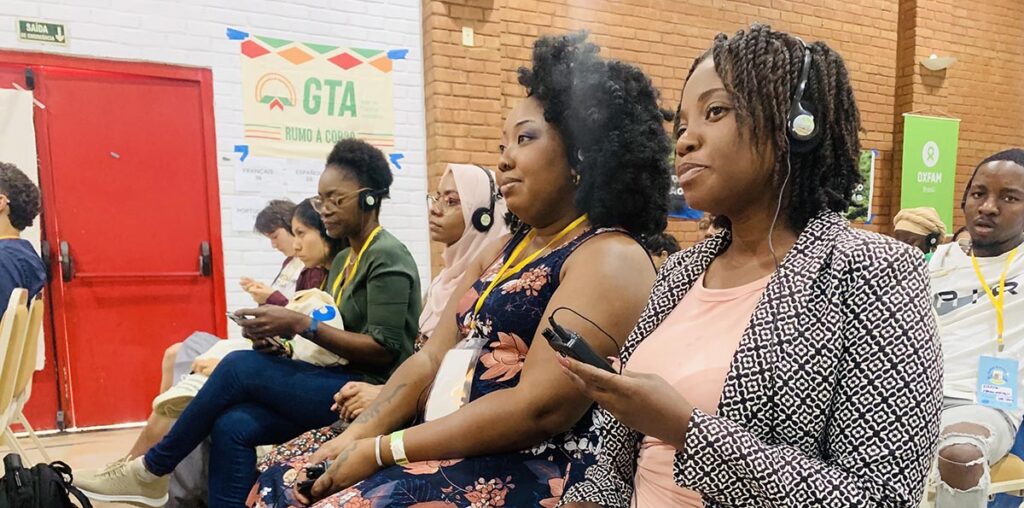
Some examples of these initiatives include the Living Environment Arts Festival Gathering (LEAF Gathering), scheduled for August 2025, is fully powered by renewable energy. The CYCN Energy Justice Video Campaign is a joint venture with CSET Youth scheduled to launch on June 15th world wind day. Commonwealth Youth Program groups are also collaborating for a two path Energy Justice Workshop scheduled to launch later this month..
Agroprocessing and Regenerative Agriculture: Tools for Climate Resilience
With regard to more personal projects, as the founder of Jelani Ubi, a sustainable agriculture and agro-processing initiative, I have seen how food systems and energy systems are deeply interlinked. Our dried herb products, seasoning blends, and infused oils are not just value-added, they’re climate-resilient livelihood solutions.
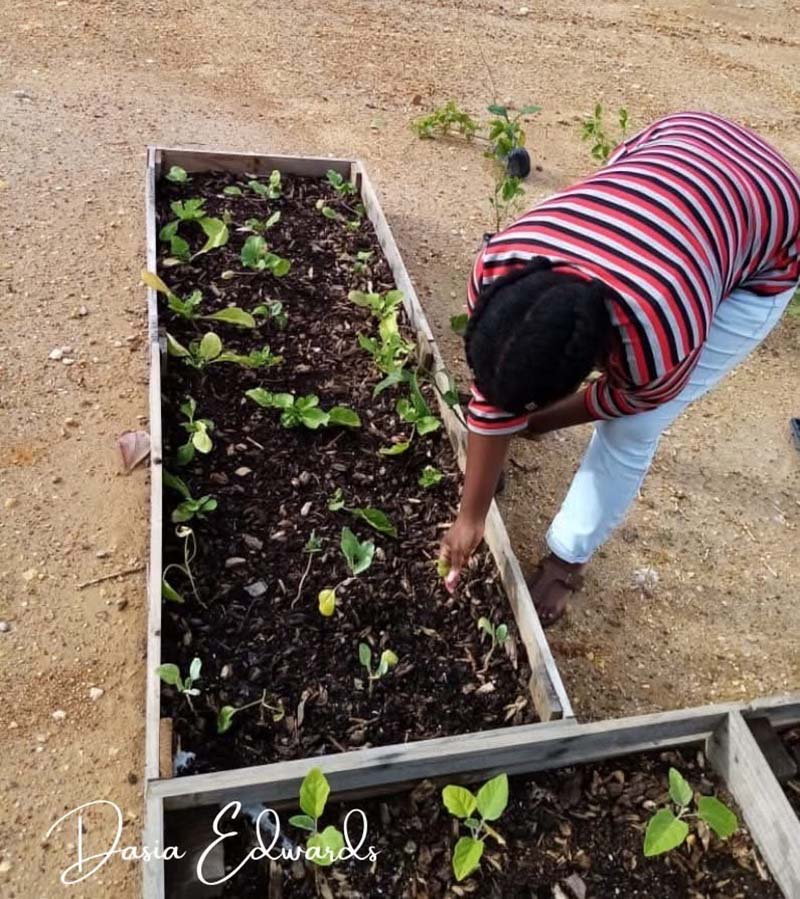
Through climate-smart agriculture practices like mulching, composting, and using solar dryers, we’ve been able to reduce emissions while improving food security. But scaling this work requires more than just passion, it needs energy literacy, access to green financing, and policy frameworks that support small-scale entrepreneurs.
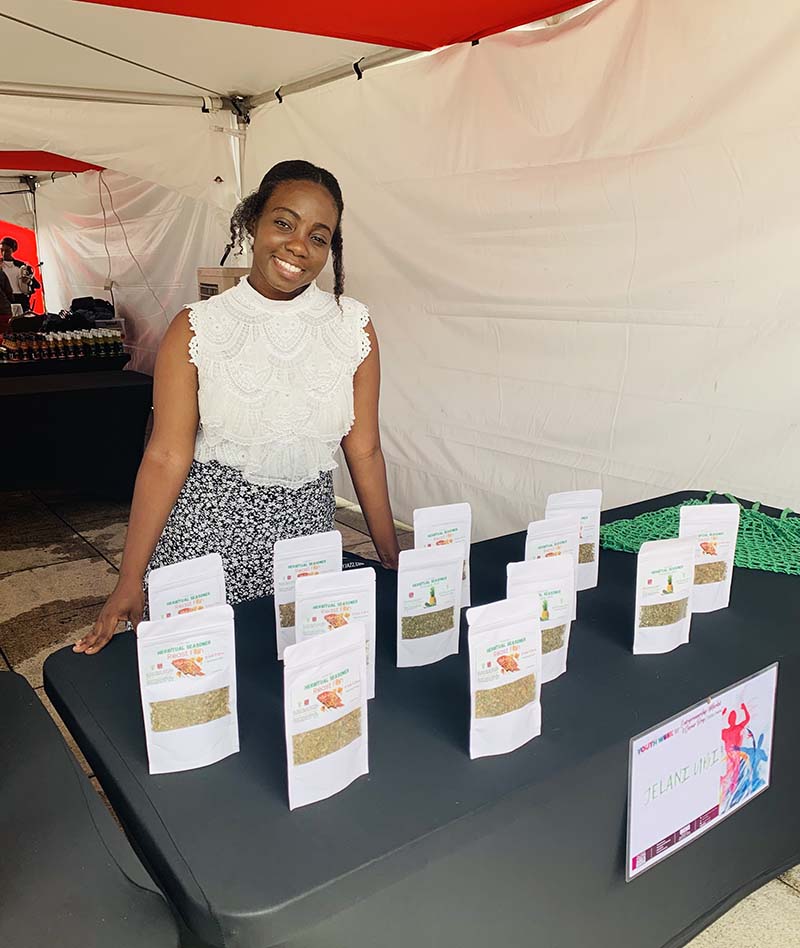
This can only be achieved if we stand together. Are Caribbean governments or governments on a whole, doing enough to support agro-based climate solutions led by young people and women? That’s the question we should ask ourselves, seek to answer and start doing something to create the future we need, not just the future we want.
Coral and Mangroves: Defenders of the Shoreline
Growing up in the northeastern coastline my heart note values are written on the bar lines of coastal communities. The coast is both a beauty and a buffer. I will not be my natural self if I am not directly involved in two coastal restoration efforts: the Coral Reef Restoration Project, Fragment, inTobago and a Mangrove Rehabilitation Initiative in Trinidad. Both projects are rooted in community, training young people to grow coral nurseries from fragments and plant mangrove seedlings or education on managing mangrove ecosystems to create eco-friendly earnings through tourism and fishing for the community. This is an initiative that helps stabilise shorelines and act as carbon sinks.
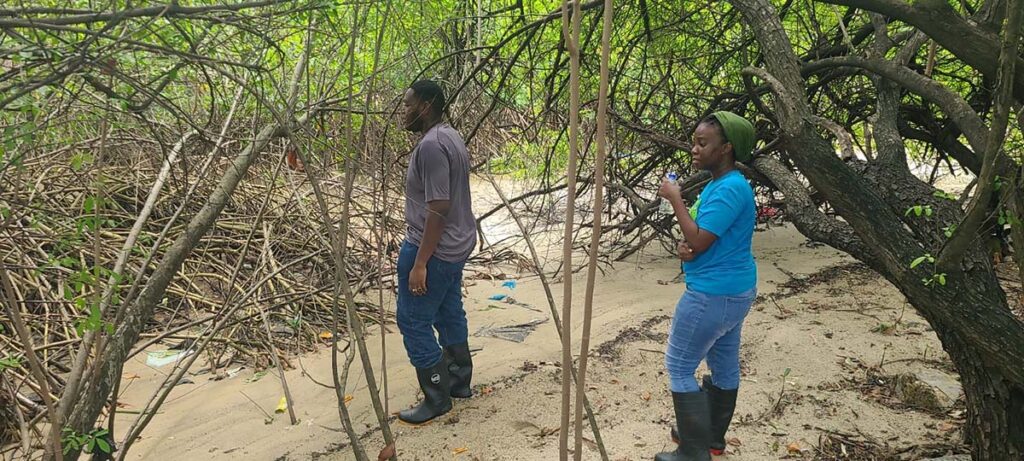
These ecosystems are natural climate defenses, yet they are under daily threat from pollution, sand mining, and rising seas. It is not just biodiversity we’re losing, it’s our safety nets, our history, our livelihoods.
Youth as World Builders: Not Just Participants, but Protagonists
The recurring theme from Brazil, my fieldwork, and my advocacy is this: Youth are not just the future, we are the right now. As a unit lead of the Commonwealth Youth Climate Change Network (CYCN) and a member of 350 Caribbean Climate Network, aparticipant in the WHYFarm Amp It Up and Youth Agriculture Homestead Program, I see firsthand how young people are generating power, figuratively and literally.
However, to sustain our momentum, we need space, funding, mentorship, and international collaboration. June is a very active month in the climate space, however let us find a quiet zone and spend some time with ourselves, seek out knowledge and bask in the fact that renewable energy is beyond solar panels and based on community. Ask yourself what local ecosystem you would like to help restore and make your mark. A great place to start is by joining the movement of the Commonwealth Climate Change Youth Network as we take the power back to the community.
Let us take the power back to communities.
In Power, Solidarity, and Soil.
